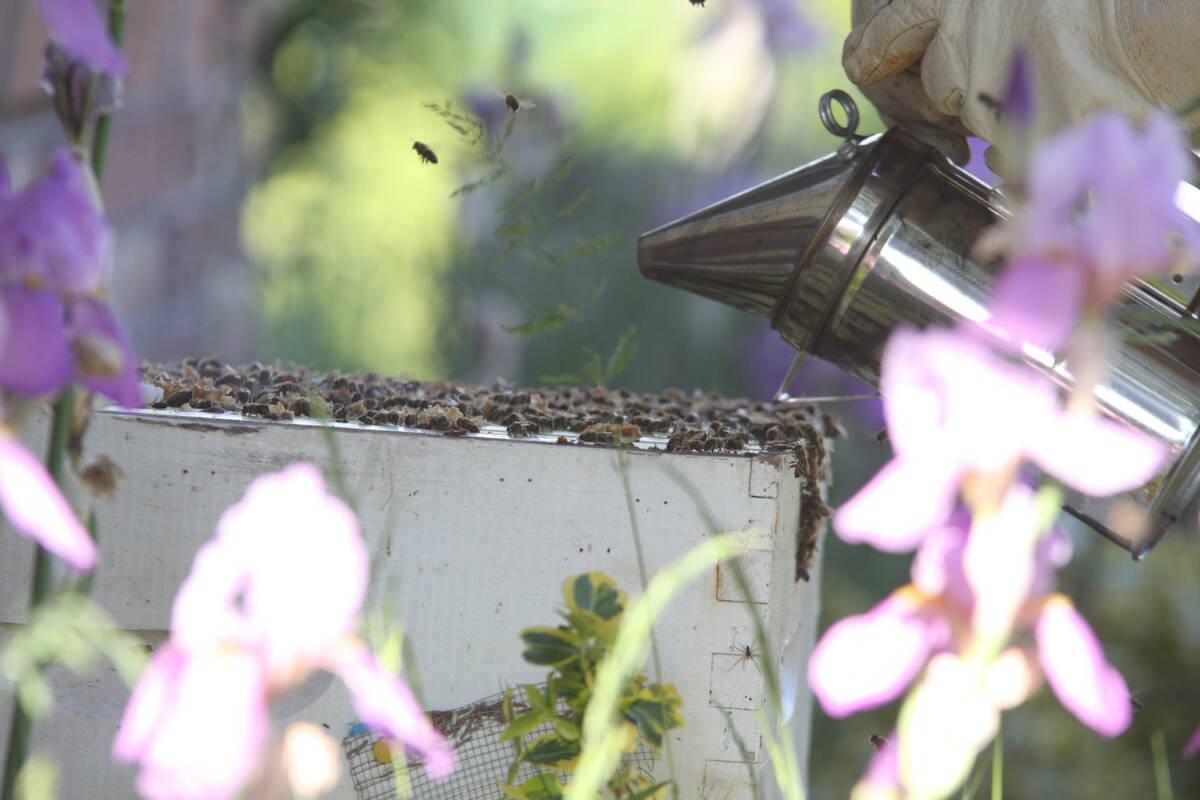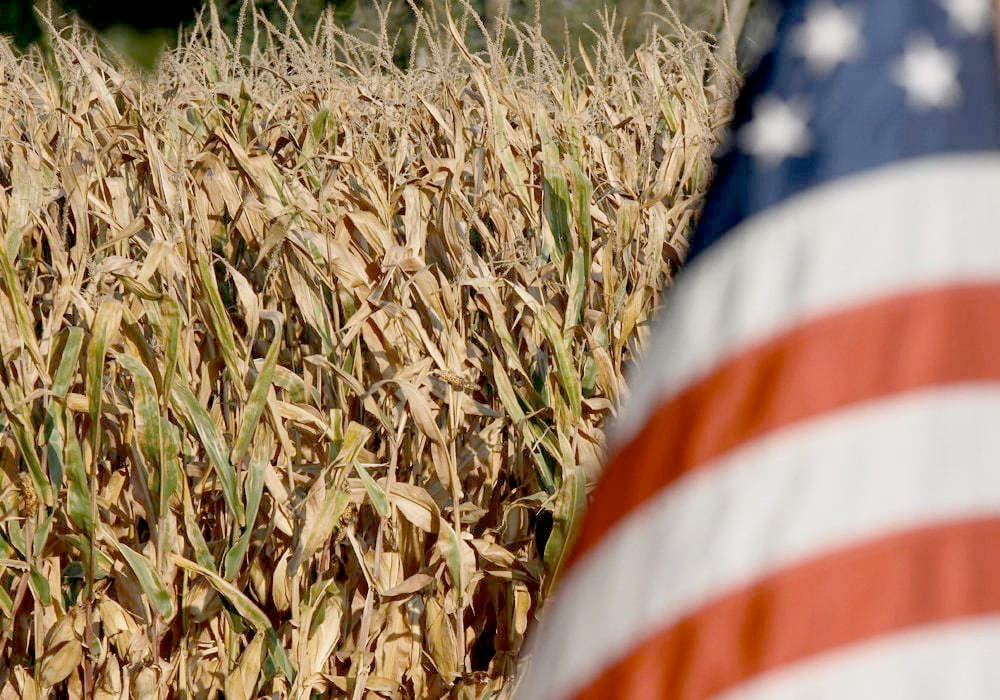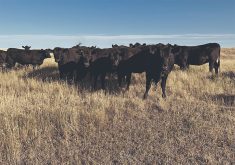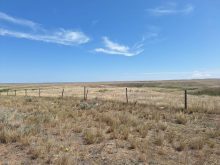Crops had benefited from mid-summer rains, but a tour of seven major production states finds deteriorating conditions
(Reuters) — Corn and soybean harvests in the United States will be smaller than the latest government forecasts after a recent dry spell and heat wave stressed crops that had benefited from mid-summer rains, advisory service Pro Farmer said recently.
Pro Farmer, a division of Farm Journal Media, projected that farmers would harvest a corn crop of 14.96 billion bushels, which would be the third largest ever, based on an average yield of 172 bu. per acre.
After a tour of seven major production states, Pro Farmer forecast on Aug. 25 a soybean crop of 4.11 billion bu. based on an average yield of 49.7 bu. per acre.
Read Also

Manitoba beekeepers battle for survival
Honeybee colony losses have hit 43 per cent, making 2025 the latest in a string of poor bee survival years for Manitoba’s honey producers
U.S. farmers dramatically expanded corn seedings this season and reduced soy plantings despite weak demand for corn and rising demand for soy products, especially soy oil for making renewable fuels.
Drought conditions in the Midwest, which until late June had been the worst since 2012, eased beginning in July as the corn crop entered its critical pollination stage of development. Soybeans continue developing into August, however, and may be further affected by hot dry weather.
“Soybeans have later maturity than corn so they are going to be impacted by the heat,” said Tanner Ehmke, lead economist for grains and oilseeds at CoBank and a scout on the western leg of the tour. “They can abort those pods, especially those upper clusters.”
The U.S. Department of Agriculture said 43 percent of the U.S. corn crop and 38 percent of the soybean crop was affected by drought as of Aug. 22. That was down from 70 percent of corn and 63 percent of soybeans under drought near the end of June.
But a stretch of dry weather, coupled with extreme heat, has heaped stress on the crop, scouts on the tour found.
Severe heat, with temperatures near 38 C and heat indexes topping 43 C or 49 C in spots, is also accelerating crop maturity, scouts said. That was also likely to drag on yields as corn kernels will not plump up as they would if the weather was cooler. The lack of rain may also impede soybean pod filling.
The USDA earlier this month projected corn production at 15.111 billion bu., with an average yield of 175.1 bu. per acre. The soybean harvest was seen at 4.205 billion bu. with an average yield of 50.9 bu. per acre.
A strong corn harvest would further swell a domestic stockpile that is expected to balloon as U.S. export demand slumps because of a record harvest in Brazil. The country’s soybean stockpile, however, is projected to shrink to an eight-year low before next year’s crop is harvested.
“This is going to tighten the (soybean) balance sheet,” said Brian Grete, editor of Pro Farmer and leader of the eastern leg of the tour. “Soybeans already had the tighter balance sheet. Corn had some cushion.”















